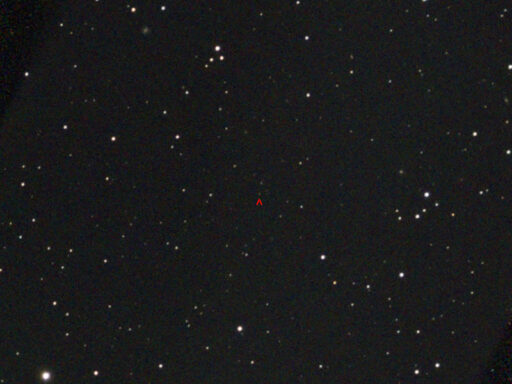
Telescope/Camera: Seestar S50
Filter: None
Exposure: 181x10sec (30min) saved as FITS
Average Light Pollution: Bortle 8, fair transparency
Lensed Sky Quality Meter: 18.5 mag/arc-sec^2
Software: Nebulosity, Photoshop
This is one of my absolute favorite objects to image and I was curious whether I could capture it with my Seestar S50. The faint 15th magnitude star marked by the red arrow is the distant quasar APM 08279+5255, the most distant object visible in amateur telescopes with an estimated distance of 12 billion light years! To put this in perspective the Universe is estimated to be 13.8 billion years old and the light from this object has been traveling for 12 billion of those years. The sun is relatively young by comparison, only 4.6 billion years old. When the sun was born the light from this quasar had already been traveling for 7.4 billion years, give or take. At magnitude 15.2 it is a fairly easy photographic target, though locating the exact field can be a bit of a challenge. APM 08279+5255 may also be glimpsed through a large telescope at a reasonably dark site. Imagine that, seeing the farthest observable object in the known Universe with your own eyes! Now that would be neat! In the meantime, I can take a peek at it from my Bortle 8 backyard with my little Seestar S50.
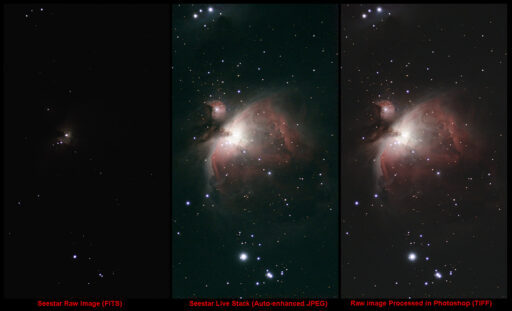
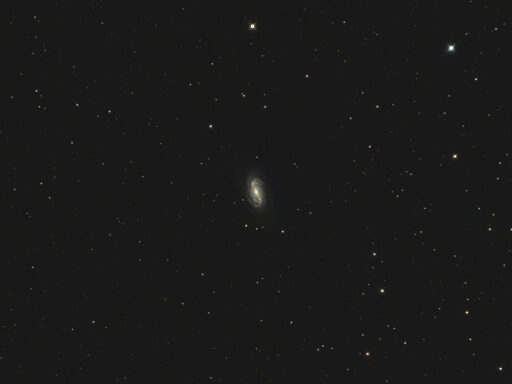
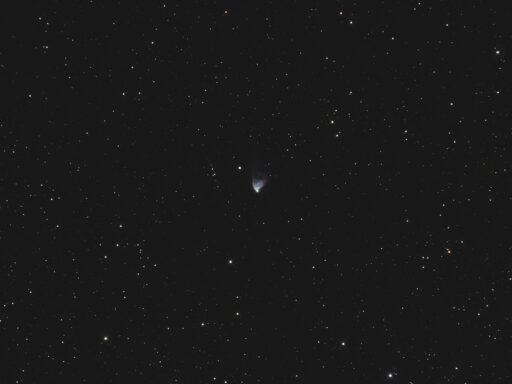
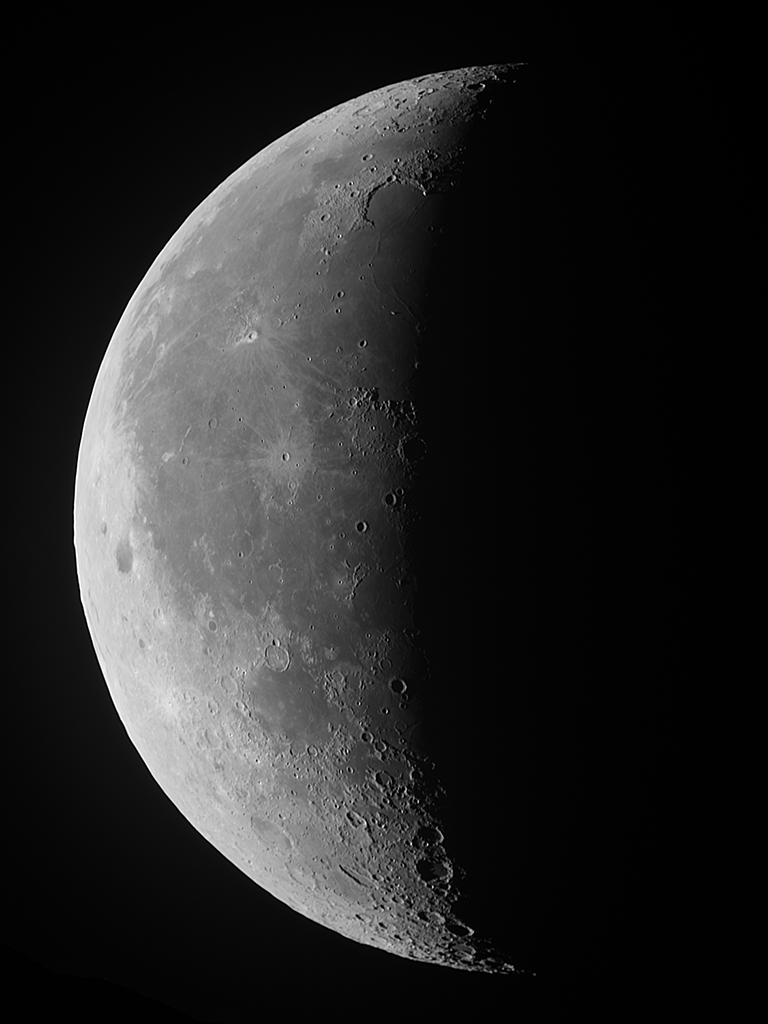
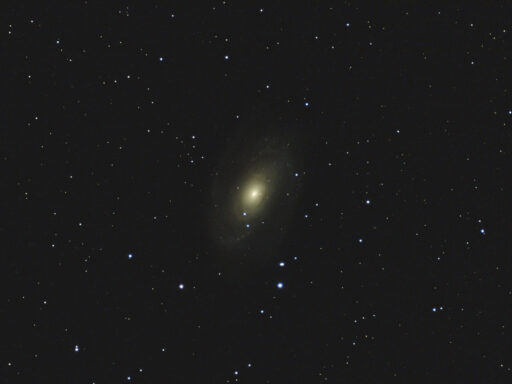

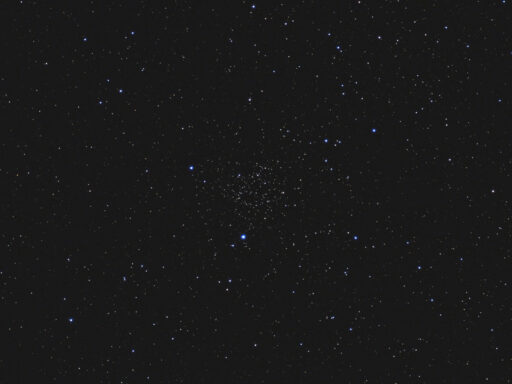
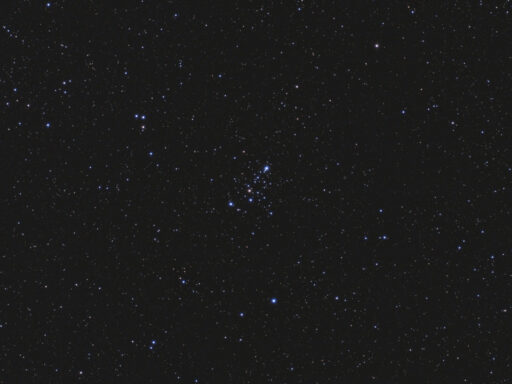

Recent Comments